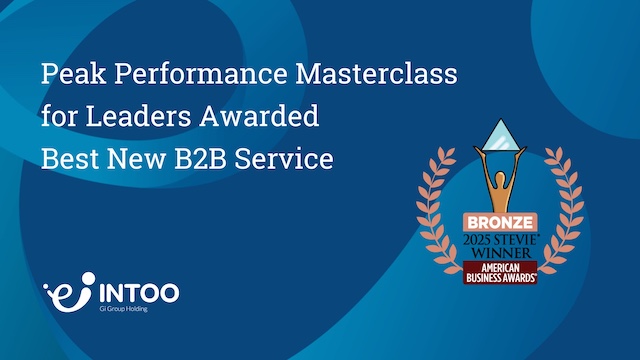What is Indirect Compensation?
Indirect compensation refers to non-monetary benefits provided by employers to employees as part of their overall compensation package. Unlike direct compensation, which includes salaries, wages, and bonuses, indirect compensation encompasses perks such as health insurance, retirement plans, paid time off, professional development opportunities, and other workplace benefits. These offerings are designed to enhance the employee experience, provide security, and support work-life balance. While not immediately visible as cash, indirect compensation contributes significantly to an employee’s overall job satisfaction and financial well-being.
Why is Indirect Compensation Important in the Workplace?
Indirect compensation is a critical element of a competitive compensation strategy, helping employers attract, motivate, and retain talent. Benefits like health insurance, wellness programs, and flexible work arrangements can improve employees’ physical and mental health, leading to increased productivity and reduced absenteeism. Moreover, offering robust indirect compensation shows that an organization values its workforce, which fosters loyalty and engagement. For employees, these benefits provide additional financial security and work-life balance, making a job more appealing and sustainable in the long term. Organizations that prioritize indirect compensation often enjoy higher employee morale and a stronger employer brand.
Real-World Examples of Indirect Compensation
Many companies use indirect compensation as a strategic tool to differentiate themselves in competitive job markets. For example, tech giants like Google and Meta offer extensive perks, such as on-site fitness centers, free meals, and generous parental leave policies, to attract top-tier talent. In other industries, companies may focus on benefits like tuition reimbursement programs, employee stock options, or comprehensive healthcare plans. Additionally, small businesses often prioritize flexibility by offering remote work opportunities or flexible schedules as part of their indirect compensation. These examples highlight how tailored benefits can meet the unique needs of different workforces while contributing to organizational success.




